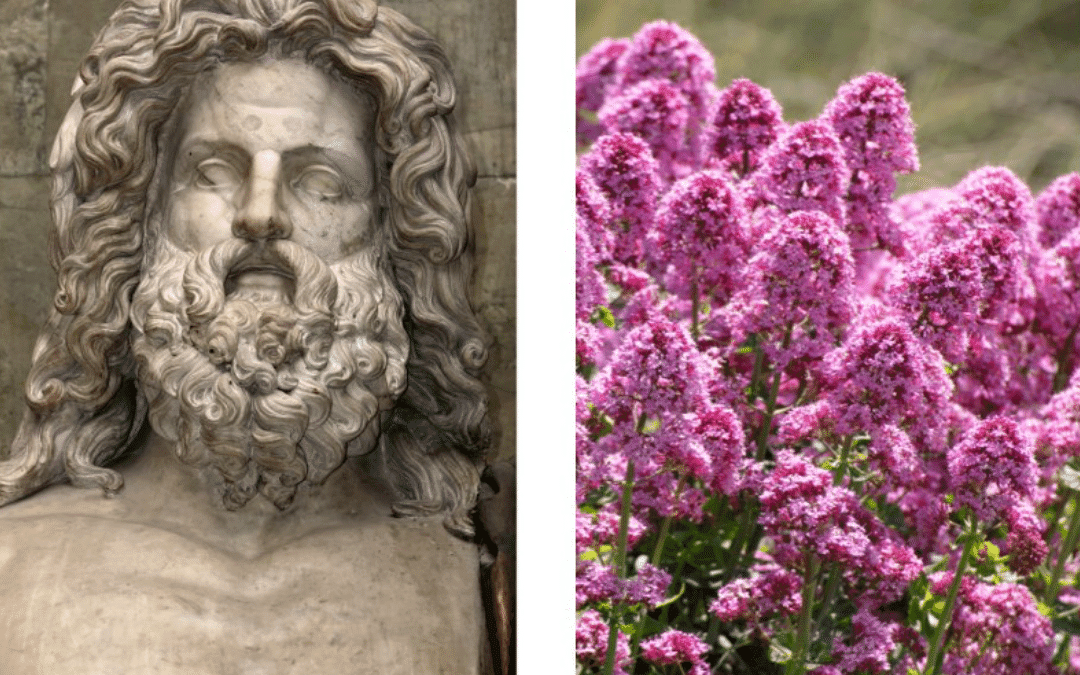Red Valerian is the common name for Centranthus Ruber. There are plenty of other common names as well, like Jupiter’s Beard. It’s also sometimes called Devil’s Beard. Some of the other names for Red Valerian are a bit dodgy—like Kiss-me-quick and Drunkards. One last common name for a variety of Centranthus Ruber is Pretty Betsy.
Centranthus “Pretty Betsy’ has pink to coral flowers. Centranthus ruber Coccineus has a deep rosy-pink flower which is said to last a long time. Centranthus ruber ‘Albus’ has a white flower. There’s even one rather rare variety that has blue flowers. I have yet to see this one.
Jupiter’s Beard in the Garden

The plant looks lovely in a relaxed garden setting, creating more of a cottage garden or wildflower aesthetic. The lovely flowers of Jupiter’s Beard look stunning with rosemary and the grays of Lambs Ear and Artemisia.
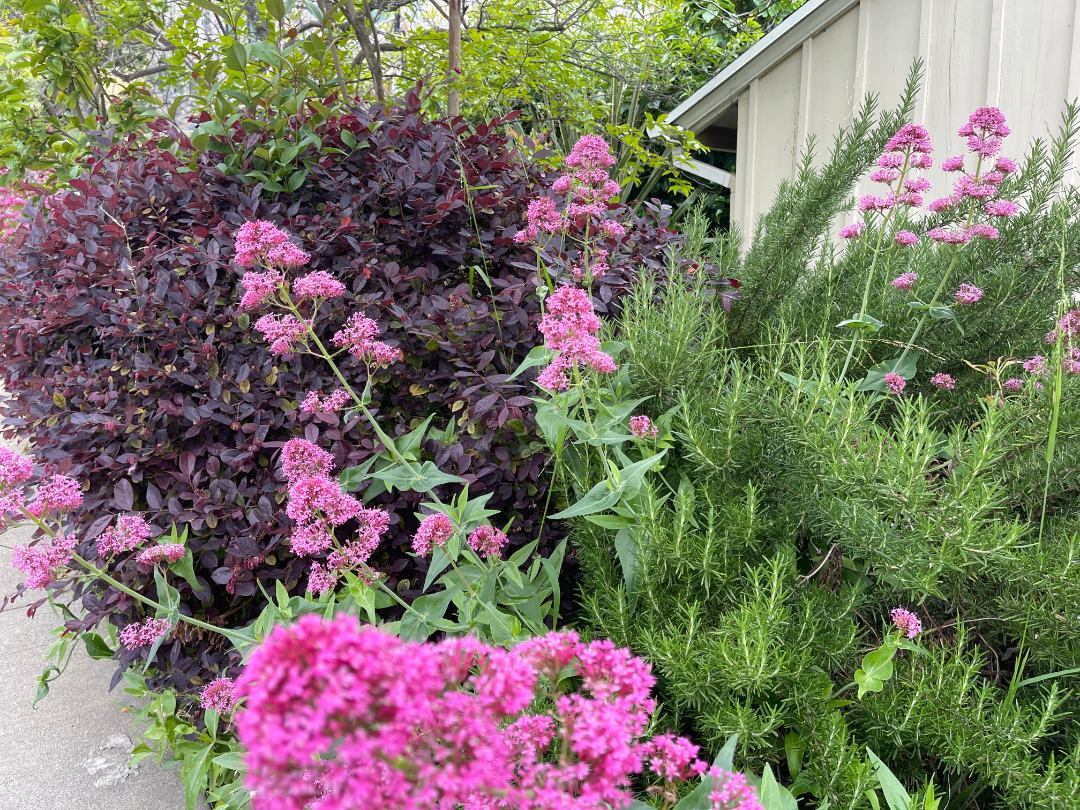
The photo above is a healthy Jupiter’s Beard with upright rosemary and Loropetalum. (The Loropetulum is the plant in the back with the dark burgundy leaves.) The flowers of Jupiter’s Beard look stunning with the deep reds as a backdrop, as well as when popping up in the rosemary.
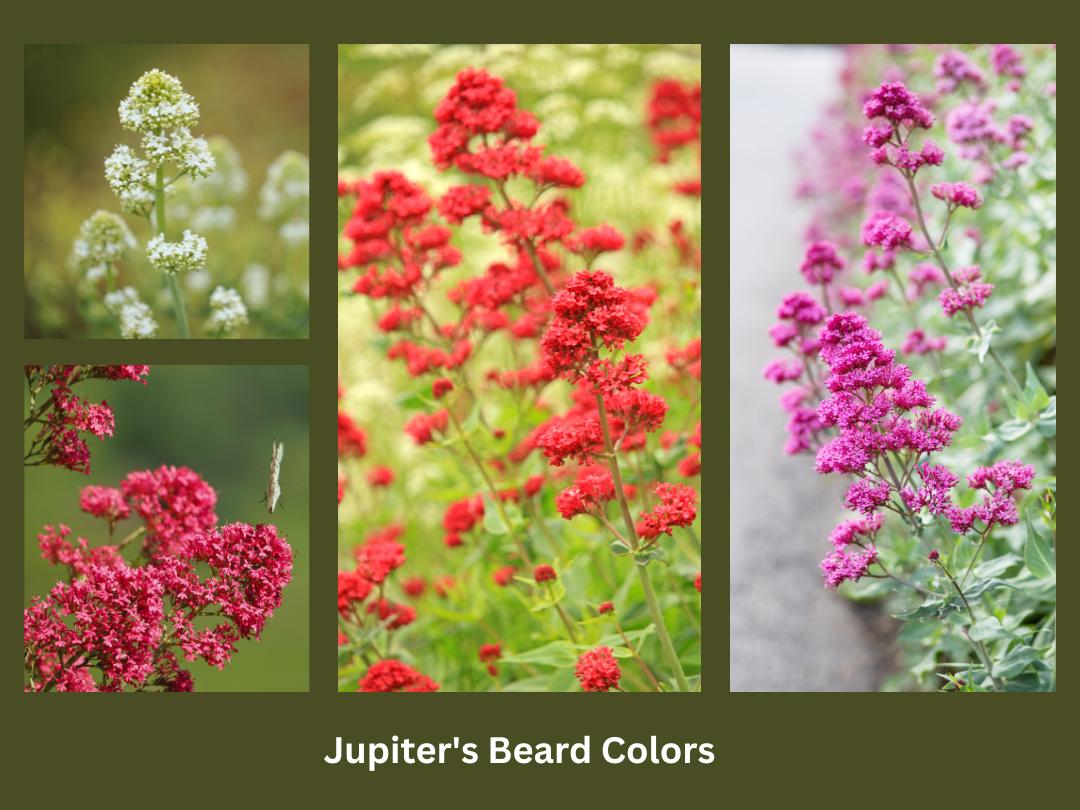
Centranthus Ruber is a tough, easy-to-grow, and drought tolerant perennial that takes full sun to part shade. It gets to about 3’ tall and wide, with the showy crimson, pink, white, or blue flowers shrouding the top of the plant. These striking flowers attract bees and butterflies.
Jupiter’s Beard Can Be Invasive
At first glance, what’s not to like about Jupiter’s Beard? It’s a tough, beautiful, drought tolerant plant. If it gets comfortable on your hillside, it’s nice to know this plant is also good for erosion control.
But before you add this plant to your garden, you should consider one specific attribute: It freely self-sows.
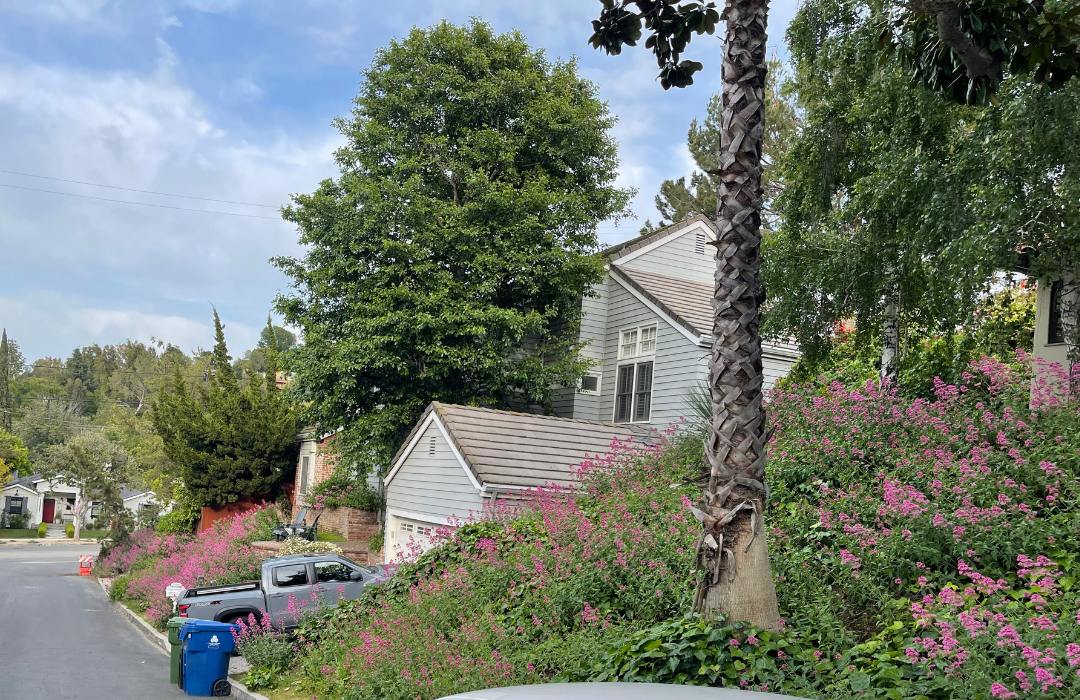
In parts of Los Angeles, for example, the rains have made this plant behave quite aggressively (to put it mildly, Jupiter’s Beard is a very dedicated pollinator). Because rabbits and deer don’t touch it, they’re of no help in controlling it. In the right growing conditions, it will freely self-seed up and down your street—and then this easy no fuss bloomer can become an invasive nightmare.
In the phot above, the Jupiter’s Beard probably started at one of the houses many years ago, and now the street looks like a field of them. It’s beautiful—but is it what the homeowners wanted? Either they or their gardeners weren’t paying attention to the extra maintenance of pulling the weeds before the plant took hold, flowered—and created more seeds for more neighbors. No one likes extra weeding.
The Right Plant website, which tracks invasive plants, just has them on their watch list as “High Potential Risk.” Meaning they are invasive but, so far they’re not threatening California’s ecosystems. While that’s good, they do appear to be a threat to your neighbor’s yard.
The general rule of thumb is don’t plant them in California, Washington or Oregon.
Another option is to only plant Jupiter’s Beard if you can control it. But that seems like a difficult task. The seeds are airborne. I don’t want to have to plant-watch. I also want to enjoy the flowers in my garden, not worry about them.
In the Western Cape of South Africa, you aren’t even allowed to plant Jupiter’s Beard. It is listed as a NEMBA 1b invasive. Which means that “they may not be owned, imported into South Africa, grown, moved, sold, given as a gift or dumped in a waterway.”
They are considered invasive in Death Valley National Park.
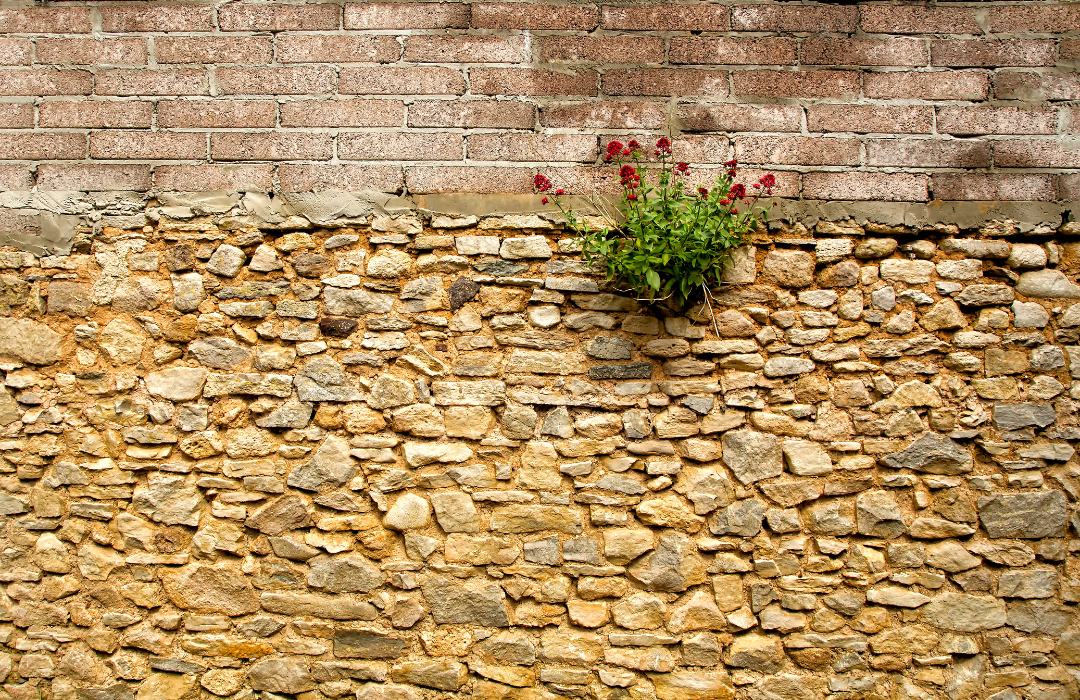
This plant likes lime and alkaline conditions. It grows well in the mortar of old walls, rocks, and masonry. The fact that Jupiter’s Beard grows in these conditions speaks to its tenacity.
What to Plant Instead of Jupiter’s Beard
If you love the look of Jupiter’s Beard but want a better behaved plant, there are other beautiful flowering plants you can substitute that will make the wildlife and your neighbors happier.
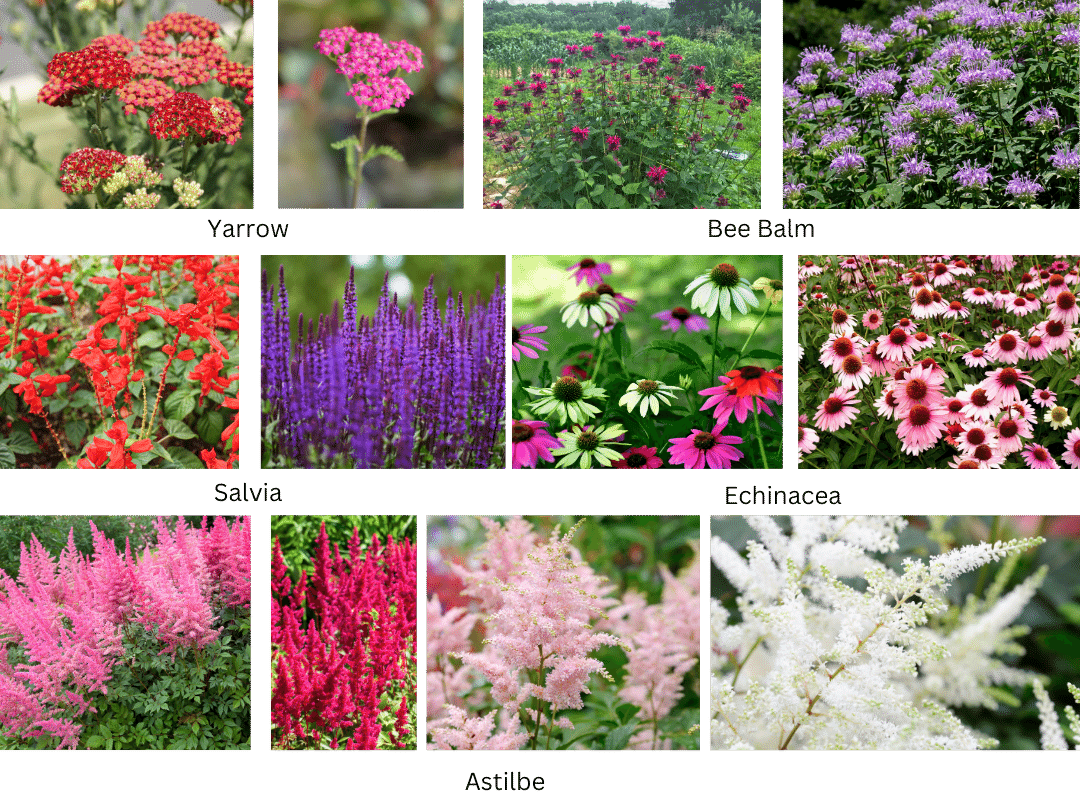
In a Mediterranean climate, yarrow, Bee Balm, Salvia, Echinacea, and Astilbe could serve as a substitute. Heuchera, statice, and kangaroo paw could also work. It’s tricky to know what plants may become unwanted propagators—there are some areas where yarrow and Bee Balm can get aggressive. Aside from those two, the rest of the plants pictured above are not known to be invasive.
Red Valerian Is Not Garden Valerian

Red Valerian (Cetranthus ruber) should not be confused with the medicinal herb, Garden Valerian (Valeriana officinalis). The confusion with the names is one of the reasons I prefer to call Centranthus Ruber Jupiter’s Beard.
While the two are about the same size, Garden Valerian has white and pink flowers, and pointy dark green leaves with a hairy underside. It has an extensive history in traditional medicinal uses. The flowers of this herb attract bees, butterflies, hoverflies, and moths.
Garden Valerian, as it turns out, is more invasive than Jupiter’s Beard. The kind of invasiveness that takes over native plant communities and harms wildlife habitat.
Living With Your Jupiter’s Beard
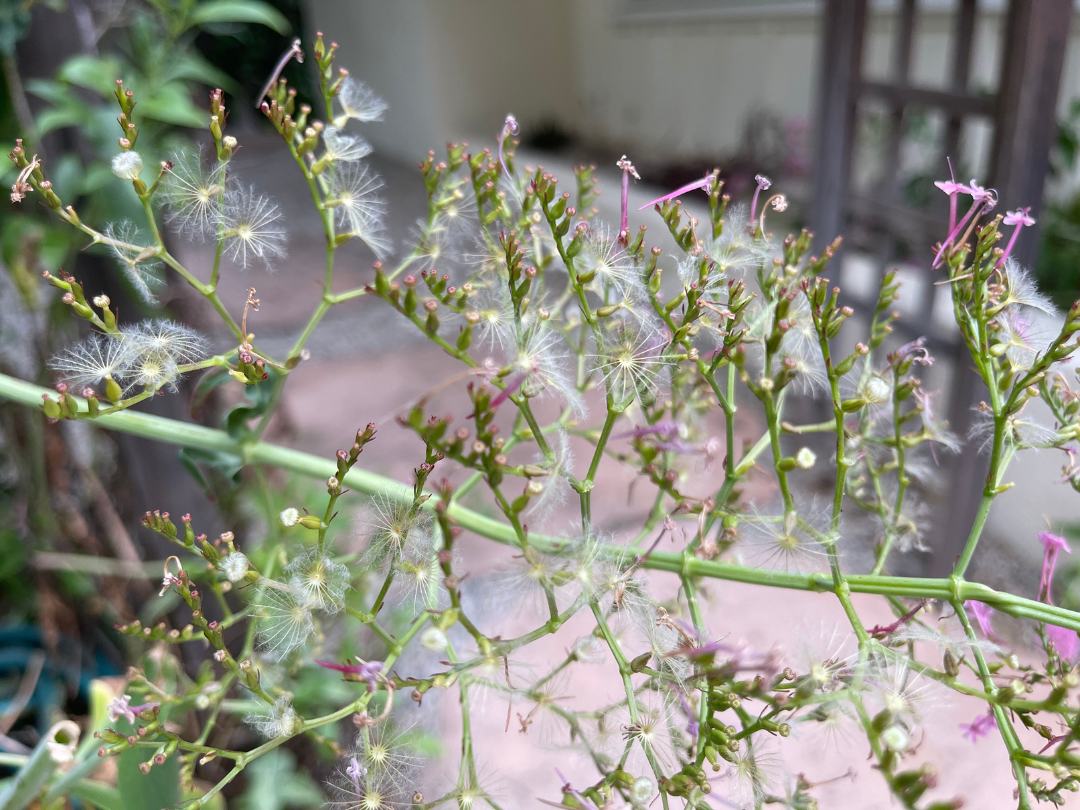
If you find yourself with Jupiter’s Beard multiplying in your garden, all is not lost, Jupiter’s beard makes a beautiful cut flower. The flower has a long vase life and the plant has prolific blossoms almost all year. The bloom is made up of hundreds of tiny five-petaled flowers. These tiny flowers become fluffy, aerodynamic seeds.
By cutting the flowers, you are stopping the wind from proliferating the seeds of the flower throughout your garden and neighborhood.
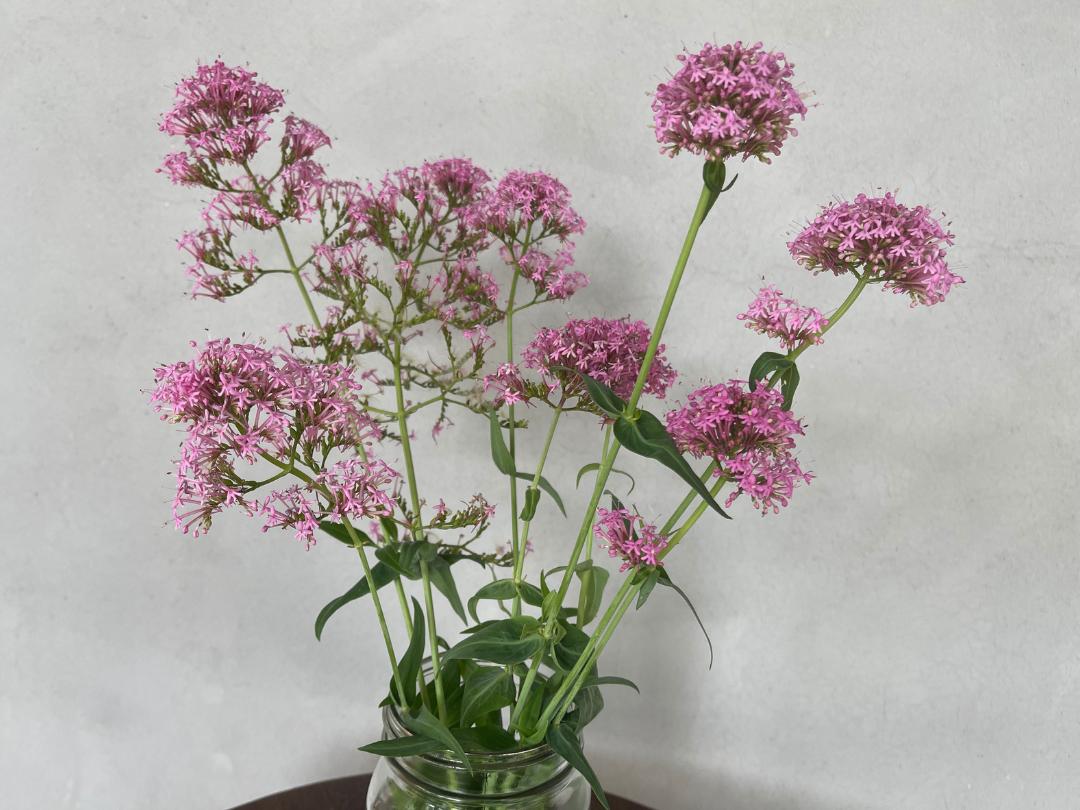
A Helpful Hint
I carry around some great pruning shears I love. They’re attractive and very lightweight. You never know when it might be helpful to aid in some Jupiter’s Beard flower cutting or other pruning task.
We partner with select companies whose products and/or services we love. Some of the links on this page may be affiliate links. If you purchase an item using our affiliate link, we may receive a small commission (at no added cost to you). We appreciate your support.

